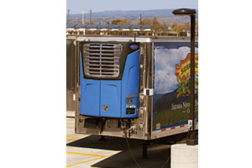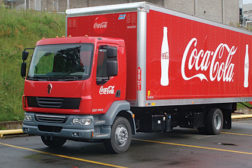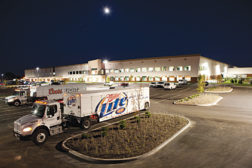Articles by Tom Kelley
Trucks packaged for flexibility
Distributors move toward cargo-style truck bodies
July 15, 2013
Hooking up trucks for profitability
Trailers increase productivity, flexibility
June 14, 2013
Mid-America Trucking Show 2013 post-show report
Trucking trade show highlights refined product lines.
May 15, 2013
Considerations for leasing vs. buying
Beverage fleets weigh the cost of money
April 15, 2013
Elevate your expertise in the beverage marketplace with unparalleled insights and connections.
Join thousands of beverage professionals today. Shouldn’t you know what they know?
JOIN NOW!Copyright ©2025. All Rights Reserved BNP Media.
Design, CMS, Hosting & Web Development :: ePublishing





